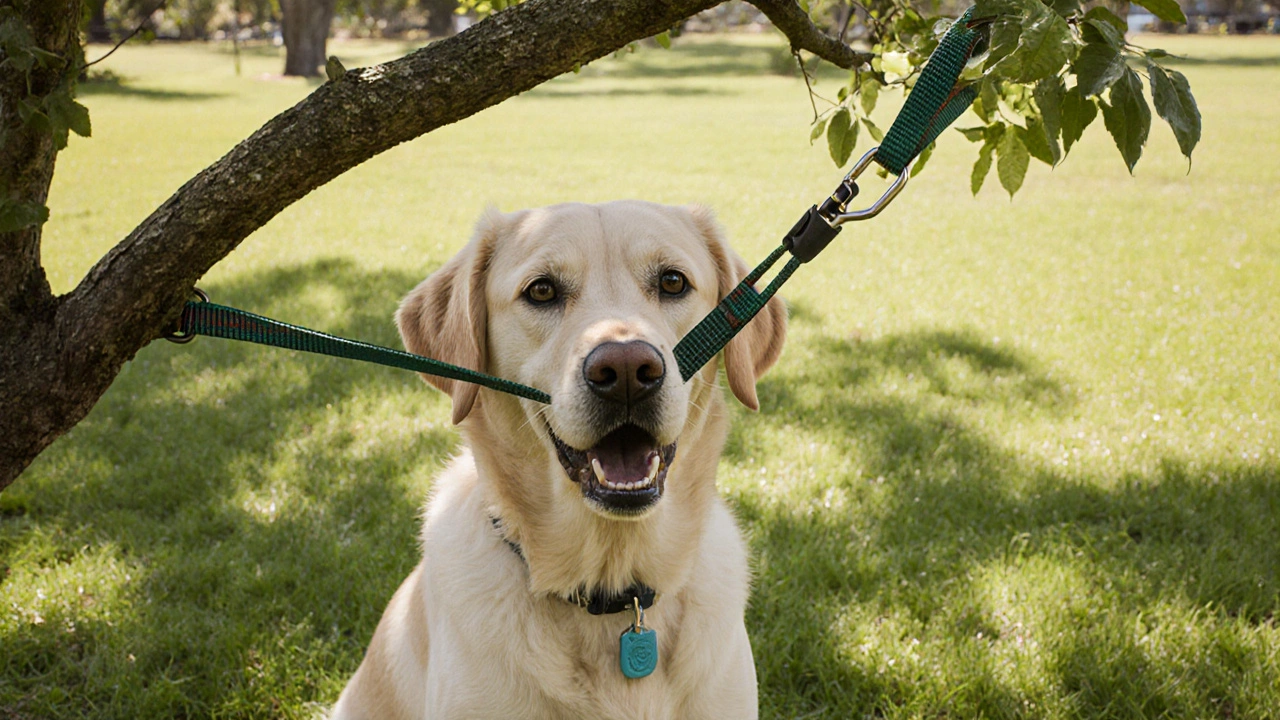Dog Collar Safety: What Vets Say About Collars, Harnesses, and Proper Fit
When it comes to dog collar safety, the way you secure your dog’s neck during walks and daily life can impact their health for years. Also known as neck restraint safety, it’s not just about keeping your dog leashed—it’s about avoiding trachea damage, nerve compression, and even spinal issues. Too many owners think a snug collar is a safe collar, but that’s not true. A collar that’s too tight, too loose, or just the wrong type can cause real harm—even if your dog seems fine.
That’s why veterinarians, medical professionals who specialize in animal health. Also known as vets, they increasingly recommend harnesses, a type of dog equipment that distributes pressure across the chest and shoulders instead of the neck. Also known as dog chest harness, they over traditional collars for everyday walks. Why? Because pulling on a collar puts direct pressure on the thyroid, trachea, and cervical spine. Dogs that pull, jump, or tug during walks are at higher risk. One study from the University of Pennsylvania found that over 60% of dogs with chronic neck pain had a history of collar use during walks. That’s not coincidence—it’s cause and effect.
Not all collars are bad. If your dog walks calmly, doesn’t pull, and you’re using a collar only for ID tags, a well-fitted flat collar is fine. But if your dog is strong, energetic, or prone to lunging at squirrels, a harness isn’t just safer—it’s smarter. The right harness lets you control your dog without squeezing their neck. And don’t forget fit: you should be able to slide two fingers under any collar or harness. If you can’t, it’s too tight. If you can slide your whole hand through, it’s too loose.
There’s also the matter of materials. Cheap nylon collars can fray, metal buckles can snap, and choke chains? They’re outdated and dangerous. Even prong collars, often marketed as "training tools," can cause bruising and long-term nerve damage. Vets don’t recommend them. What they do recommend? Soft, padded materials, quick-release buckles, and reflective stitching for night walks. And if your dog has a thin neck or a brachycephalic breed like a Bulldog or Pug? A harness isn’t optional—it’s essential.
Here’s the bottom line: dog collar safety isn’t about tradition or convenience. It’s about protecting your dog’s body. Every time you leash up, you’re making a choice. Are you choosing comfort—or risk? The posts below break down exactly what vets say, how to pick the right gear, what to avoid, and how to spot early signs your dog’s collar is hurting them. You’ll find real advice from pet professionals, not just product reviews. No fluff. Just what works.
Are Breakaway Collars Necessary for Dogs? Here's What Pet Owners in New Zealand Need to Know
Breakaway collars can save your dog's life if they get caught on something. Learn when they're necessary, how to choose the right one, and why they're not just for small dogs.
